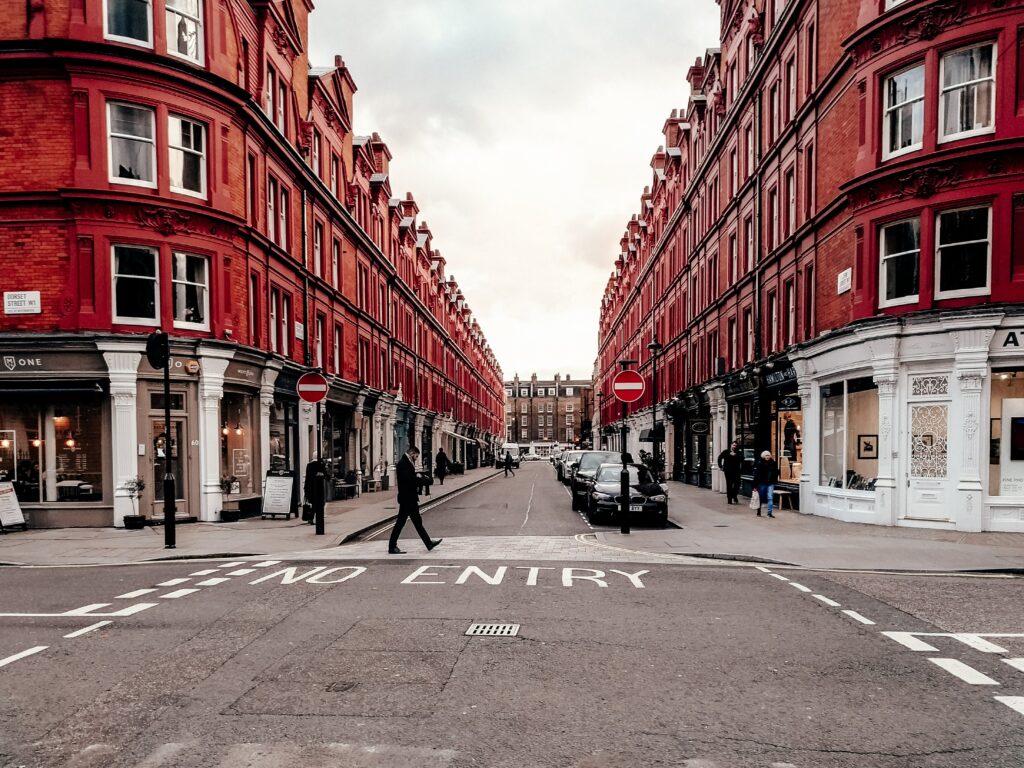
There’s a road here in London that’s undergone a transformation over the last several years, and it has lessons for those of us interested in productivity.
Exhibition Road runs from Hyde Park about a kilometer down to the busy South Kensington Tube station. It’s a major artery in this part of town, and provides access to a lot of tourist hot spots, including the Victoria and Albert Museum, the Science Museum, and the Natural History Museum. The Royal Albert Hall is just around the corner.
As you might imagine, with all of those destinations on offer the road has always been busy. Taxis zip concert-goers to the Tube. Visitors leave the museums and wander down to have a meal at the many restaurants knotted at the south end of the road. Groups of school children make their way from South Kensington to the Natural History Museum to see the dinosaurs.
Several years ago, the traditional separation of roadway and pavement was done away with. The road is now a “shared space” for cars and pedestrians, without kerbs or barriers. The goal was, counterintuitively, to reduce accidents. The thinking was that if everyone slowed down a bit and was more aware of the fact that they were sharing the space, then everyone would be safer.
And guess what? It worked. And not just here. Across Europe, the creation of these kinds of shared spaces has led to fewer accidents.
The cars in these shared spaces have less structure to guide them. No kerbs. Fewer road signs. No pedestrian crossings. And the result is, they slow down.
Structure and speed go together.
We quite often hear from people who are first exposed to GTD that “it seems like an awful lot of structure.” And for most people it probably is more structure than they’re used to having. But this isn’t structure created “by neat freaks, for neat freaks.” The goal is to create just enough structure to make you optimally productive.
What does “just enough structure” look like? Ultimately that’s a personal decision, but let’s look at some common examples. Do you have a list of all of the things you want to talk to the boss about when you next meet? Well, that’s some structure (the list), which is helping to ensure that you cover all the ground you want to cover in that meeting.
How about your calendar? Well that’s also some structure in your life that’s helping to ensure you know where you’re going and that you show up for things on time. How happy would you be to give up that bit of structure?
How much structure do you need? How fast do you want to go?

